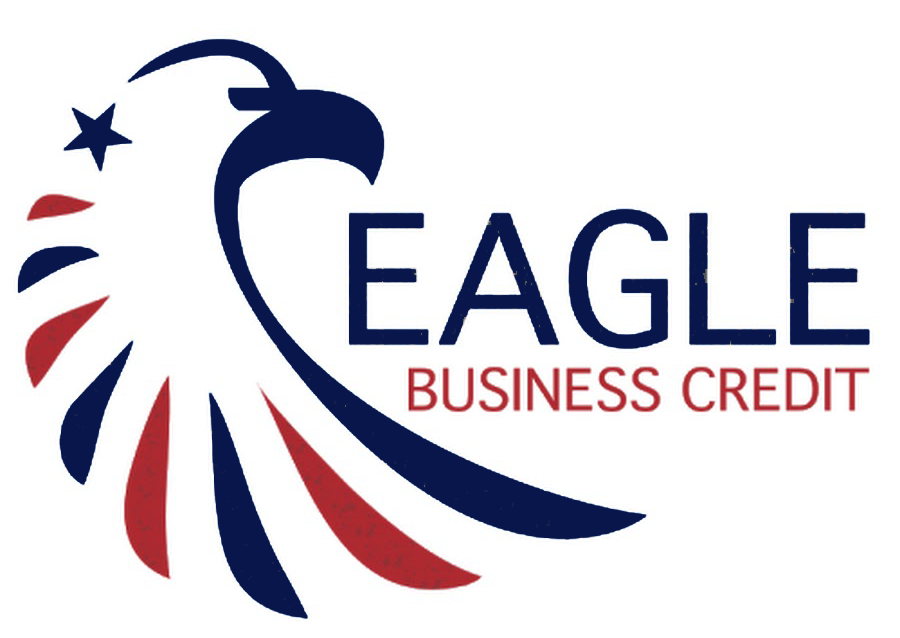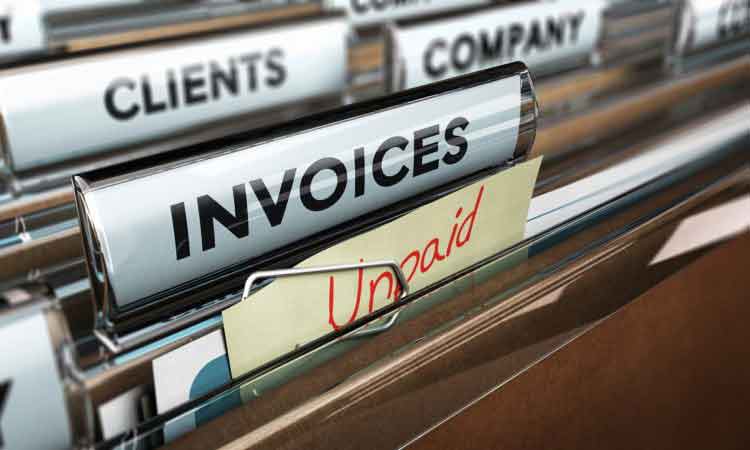Most businesses fail for the same reason. They don’t manage their cash flow and simply run out of money to pay their bills. It’s often hard for a small business to obtain affordable funding, especially in the first few years of trading unless the owners have both excellent personal credit and significant collateral to pledge to the bank, which often means putting the family home or their retirement plan at risk. So how can a business owner help prevent potential insolvency? One of the biggest factors that impacts working capital is the way a business manages its accounts receivable (open invoices/ sales that have yet to be paid for).
Here are some processes that should be followed in order to properly manage accounts receivable:
1. Setting payment terms
In an ideal world, businesses would like to be paid either in advance or im mediately upon delivery of their goods or services. Sadly, this does not happen in most business to business (B2B) transactions. So, what credit terms should be allowed? The average payment terms in the USA is around 28 days, yet the average DSO or days sales outstanding is 48 days. It is estimated that over 46% of B2B invoices are past due. Setting the right terms is critical for a business as an unexpected delay in payment can lead to cash shortage that needs to be found from another source. The industry sector a business operates in will also have a factor in what the terms should be. If you deal with retailers it is not uncommon to have to allow terms of 90 days. Can your business support this? Typical payment terms range from 15 and 45 days. Work out when your expenses need to be paid when setting payment terms if your customer base doesn’t dictate this for you.
mediately upon delivery of their goods or services. Sadly, this does not happen in most business to business (B2B) transactions. So, what credit terms should be allowed? The average payment terms in the USA is around 28 days, yet the average DSO or days sales outstanding is 48 days. It is estimated that over 46% of B2B invoices are past due. Setting the right terms is critical for a business as an unexpected delay in payment can lead to cash shortage that needs to be found from another source. The industry sector a business operates in will also have a factor in what the terms should be. If you deal with retailers it is not uncommon to have to allow terms of 90 days. Can your business support this? Typical payment terms range from 15 and 45 days. Work out when your expenses need to be paid when setting payment terms if your customer base doesn’t dictate this for you.
2. Credit Management Best Practice
Business owners are generally not expert credit analysts so understanding who should be granted a credit limit and how much should they get is vital. Increasing top line sales is no good if you have bad debts to write off, and how will you pay your staff and vendors if you haven’t been paid yourself? Use the services of a credit reporting agency such as Dun & Bradstreet or Experian to assess the creditworthiness of your customer. Other options that will help your decision could be looking at previous trading history with you, obtaining bank and trade references if a new customer and understanding the economic and industry issues that might be currently influencing them, which in turn will affect the way they can pay. Set the initial credit limit low to begin with and increase slowly once a payment pattern is established, but always be mindful to keep reviewing credit reports and the news for any situational changed that may occur.
3. Build a relationship with the person that writes the checks!
Call soon after the invoice has been sent out to make sure they got it, your account information is correct and confirm a likely payment date. Follow up with them quickly if this time passes and you haven’t been paid. Those that don’t ask for the money, often don’t get it, especially if cash is tight for your customer. Don’t be afraid to follow up. Every business has a right to be paid in a timely manner.
4. If you still don’t get paid……
If payment is overdue, don’t extend any more credit. Stop supplying them as you don’t want to make the situation any worse. If cash flow is an issue for them consider offering a payment plan if that works for you. If payment still doesn’t come, consider the services of a third-party collection agency. These are very effective as a last resort, but are often expensive. You might be able to offset the cost of this by charging interest on overdue payments.
Accounts Receivable Management by an Invoice Factoring Company
Using the services of a factoring company like Eagle Business Credit, not only gives you immediate cash for your invoices, but also helps you manage your accounts receivable effectively. Eagle Business Credit employs expert credit managers, and has access to the expensive tools and extensive information that elude many small businesses, free, as part of the service.


